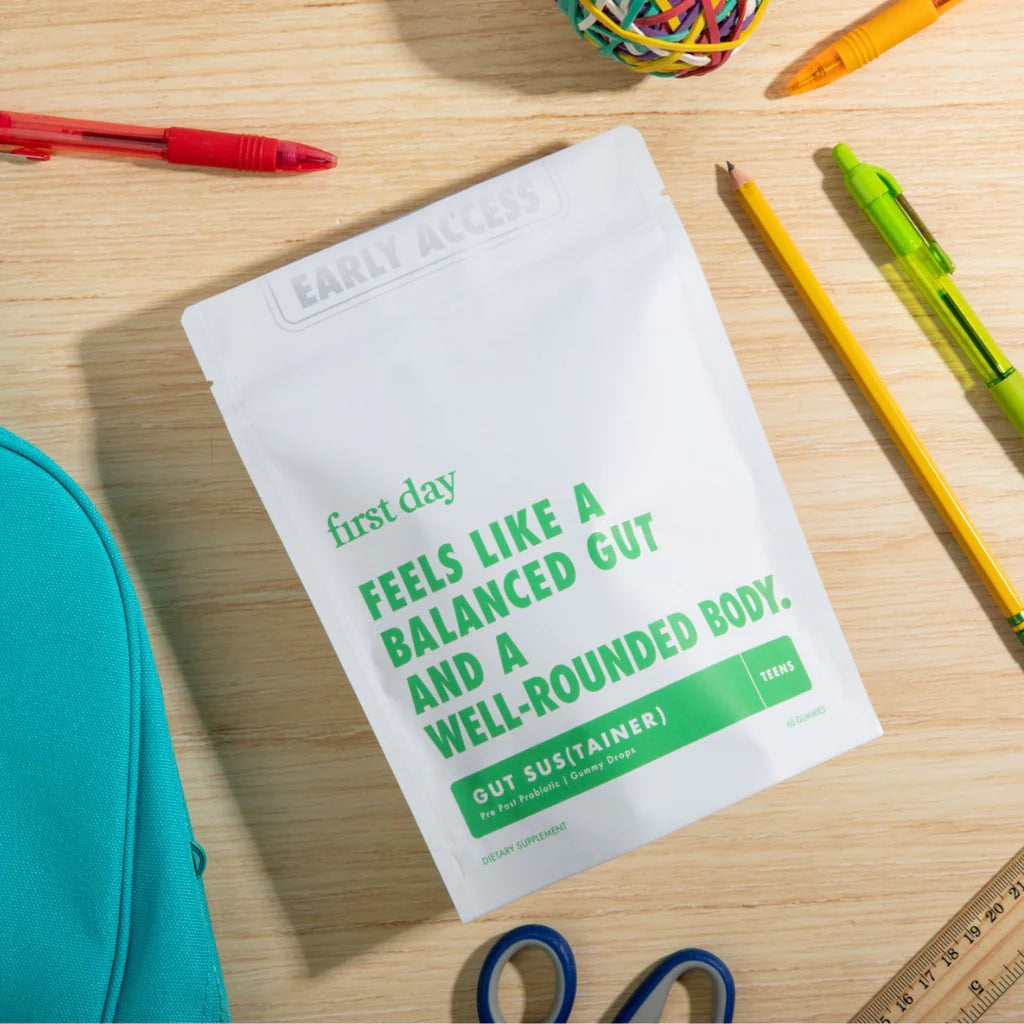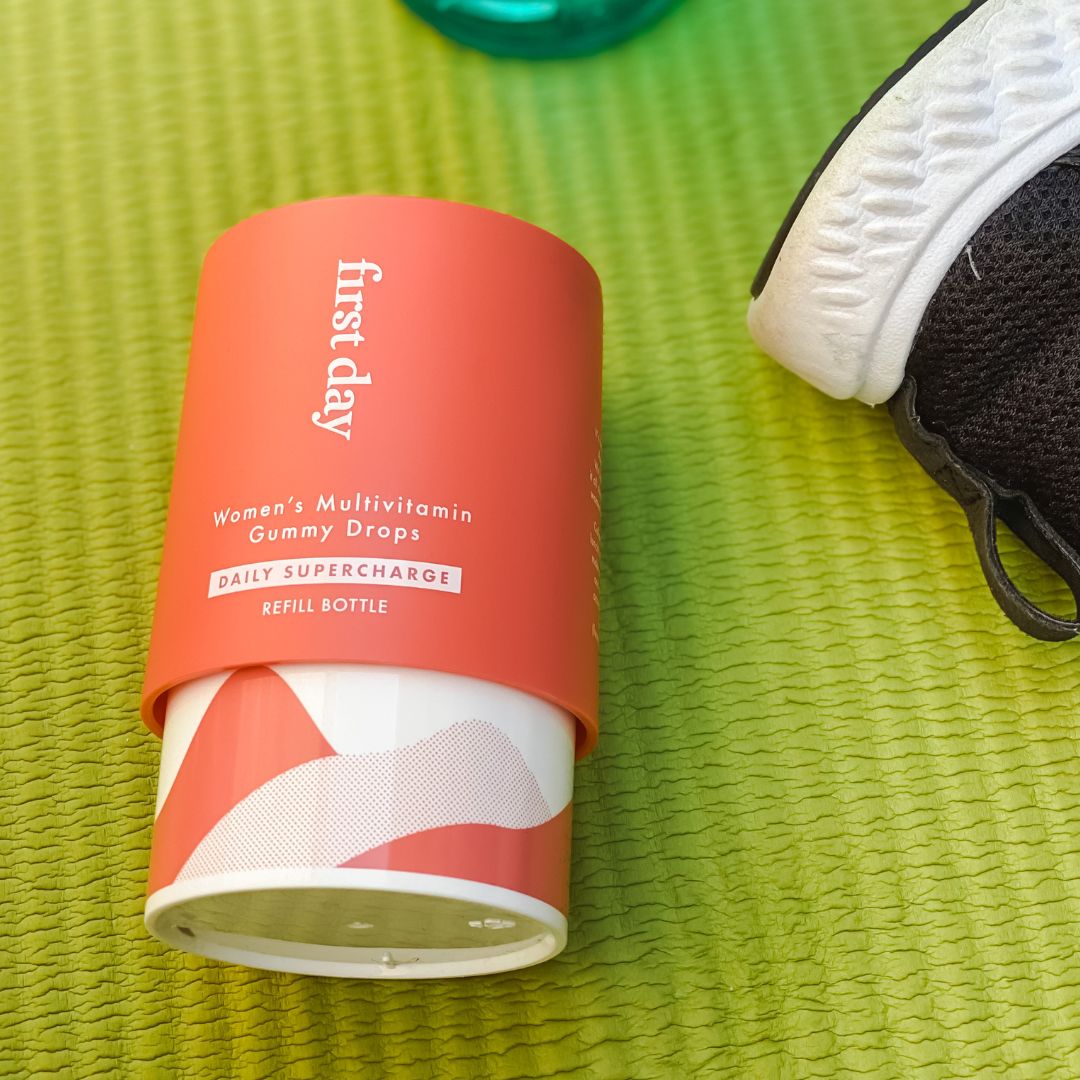About 42% of the U.S. population is Vitamin D-deficient, especially among the elderly and hospitalized. However, this doesn't mean the rest of us shouldn't worry.
Vitamin D deficiency has become more rampant even among the young and healthy children and adults. That's why clinical trials surrounding this vitamin are continuous. It's often being called the wonder vitamin, and is among the top-selling supplements out there.
But what's really the story here? Do you really need to take it?
There's a lot to learn about Vitamin D beyond basking in the sun, taking cod liver oil, and discovering the limited amount of food sources that provide it.
In this article, you will learn more about Vitamin D, which is fondly referred to as the "sunshine vitamin". Apart from finding the best sources of Vitamin D, you will have a better understanding of:
- What Vitamin D is
- Difference between Vitamin D3 and D2
- Foods that are high in Vitamin D
- Benefits of taking Vitamin D
- Vitamin D deficiency
- Vitamin D toxicity

What is Vitamin D?
We all grew up being told to get more sun so we can be healthier. No myths there. When we do get enough sunlight at the right time, our bodies produce Vitamin D.
The common misconception among Vitamin D — and its other common forms like Vitamin D3 and Vitamin D2— is it is a drug. However, it's actually a nutrient. It refers to a group of fat-soluble "secosteroids", which are responsible for increasing our absorption of calcium, iron, magnesium, phosphate and zinc.
Vitamin D is one of the most important nutrients our bodies need. It helps increase our ability to absorb calcium, giving you stronger bones and teeth. It ensures the body retains calcium and phosphorus. Without it, you'd be more prone to bone fractures and osteoporosis . It's also crucial for muscular function, since it can help regulate calcium in muscles so they can contract properly.
Not all of us have time to bask under the sun as much as we would want. Some of us might even live in places where the sun doesn't shine much. Moreover, there aren't too many food sources of Vitamin D. That's why many take vitamin D supplements to make sure they are getting as much of it as their bodies need.
What's the difference between Vitamin D3 and Vitamin D2?
Without diving deep into the science too much, the best way to understand the difference between Vitamin D3 and Vitamin D2 is to understand their sources.
Vitamin D3 (cholecalciferol) is commonly found and extracted using animal products like cod liver oil while Vitamin D2 (ergocalciferol) are sourced from plants and other non-animal products like mushrooms and yeast. The latter has been described as less effective compared to its D3 counterpart.
But what if you don't want to consume animal by-products?
Vegan Vitamin D3
The great thing about certain Vitamin D3 supplements is that some are vegan, thanks to a little yet empowered plant species called lichen.
Lichens are closely associated with fungus and algae and are commonly found on rocks, trees and mountainsides. The best part? They're abundant and cause no harm to the environment and animals.

Why do you need Vitamin D?
Vitamin D is one of the essential vitamins that you need to be healthy, whether you're an active adult, have a child who is a picky eater or have particular health issues.
It has been touted by health experts as a remedy for many different illnesses. In fact, research suggests that the super vitamin can reduce your risk of heart disease, improve bone mineral density and cut your chances of getting cancer or developing diabetes.
Some of the many potential benefits of Vitamin D are:
- Helps maintain your bones and teeth because it helps with absorption of calcium from your food
- Strengthens your joints and muscles so they no longer become weak or stiff
- Helps improve season affective disorder or seasonal depression
- Boosts weight loss
- Reduces the risk of cancer
- Protects against strokes and heart diseases
- Reduces the risk of Type 2 diabetes
- Helps prevent dementia
- Provides relief for autoimmune diseases
- Protects body from respiratory infections

What are foods rich in Vitamin D?
Another source of Vitamin D is food rich in it. It's always a good idea to have a well-balanced diet that ensures you are nourishing yourself with meals that are rich in vitamins and nutrients.
Always remember: Vitamin D from food is only consistently absorbed in your body if you eat properly.
Here's a list of Vitamin D-rich foods you can pair your supplement with:
- Cow's milk
- Soy milk
- Orange juice
- Cheese
- Egg yolks
- Beef liver
- Mushrooms
- Fortified foods like breakfast cereals, low-fat vanilla yogurt and liver spread
- Canned tuna
- Shrimp
- Red meat
- Fatty fish like salmon, mackerel, sardines, trout and herring
The amount of Vitamin D per food varies. So be sure to maintain nutritious cooking and consuming, as well as keeping your Vitamin D supplement as part of your daily regimen.
Can you have too much Vitamin D?
The easiest answer is perhaps, but you're more likely to have too little. Vitamin D is essential for strong bones because it helps your body absorb calcium. This vitamin also helps regulate the immune system, supports neuromuscular function and fights inflammation. During pregnancy, adequate quantities of vitamin D are necessary for fetal bone development.
Vitamin D is a very crucial part of our daily diet but it should not be misused or overdosed because it can lead to several health problems and complications.
In extreme cases, here are some potential side effects of taking too much Vitamin D:
- Nausea
- Vomiting
- Poor appetite
- Diarrhea
- Constipation
- Bone loss
- Kidney failure
- Elevated blood levels
How much Vitamin D one should take can differ from one person to the next. However, the general rule is to take no more than 4,000 IU a day. This level might do more harm than good and nullify what it is meant to do for your body. Remember: It's always safest to consult your doctor before taking vitamin supplements or any other medicines so that there are no side effects.

What are the symptoms of Vitamin D deficiency?
Just as there's likelihood of taking too much Vitamin D, there's also the case of deficiency. Lack of Vitamin D and calcium can be significantly harmful to your health. It can affect your over all mood, physical capacity and capabilities as well as your resistance against diseases.
Some of symptoms of Vitamin D deficiency include:
- None pain
- Muscle aches or spasms
- Weakness or fatigue
- Low blood levels
- Hair loss
- Becoming easily sick or getting infections often
- Impaired wound healing
- Depression
The risk of not having enough Vitamin D is a silent epidemic. Many complications linked to it don't surface until years after. If not attended to properly, it can lead to more severe conditions like osteoporosis, rickets, and heart diseases.

The bottom line: Vitamin D essential to health and wellness
While others may think sunlight is sufficient enough to get their daily dose of Vitamin D, it's crucial to find other best sources of Vitamin D. Whether it's consuming fortified foods or taking Vitamin D supplements daily, it's best to make this power nutrient ever-present in your body.






